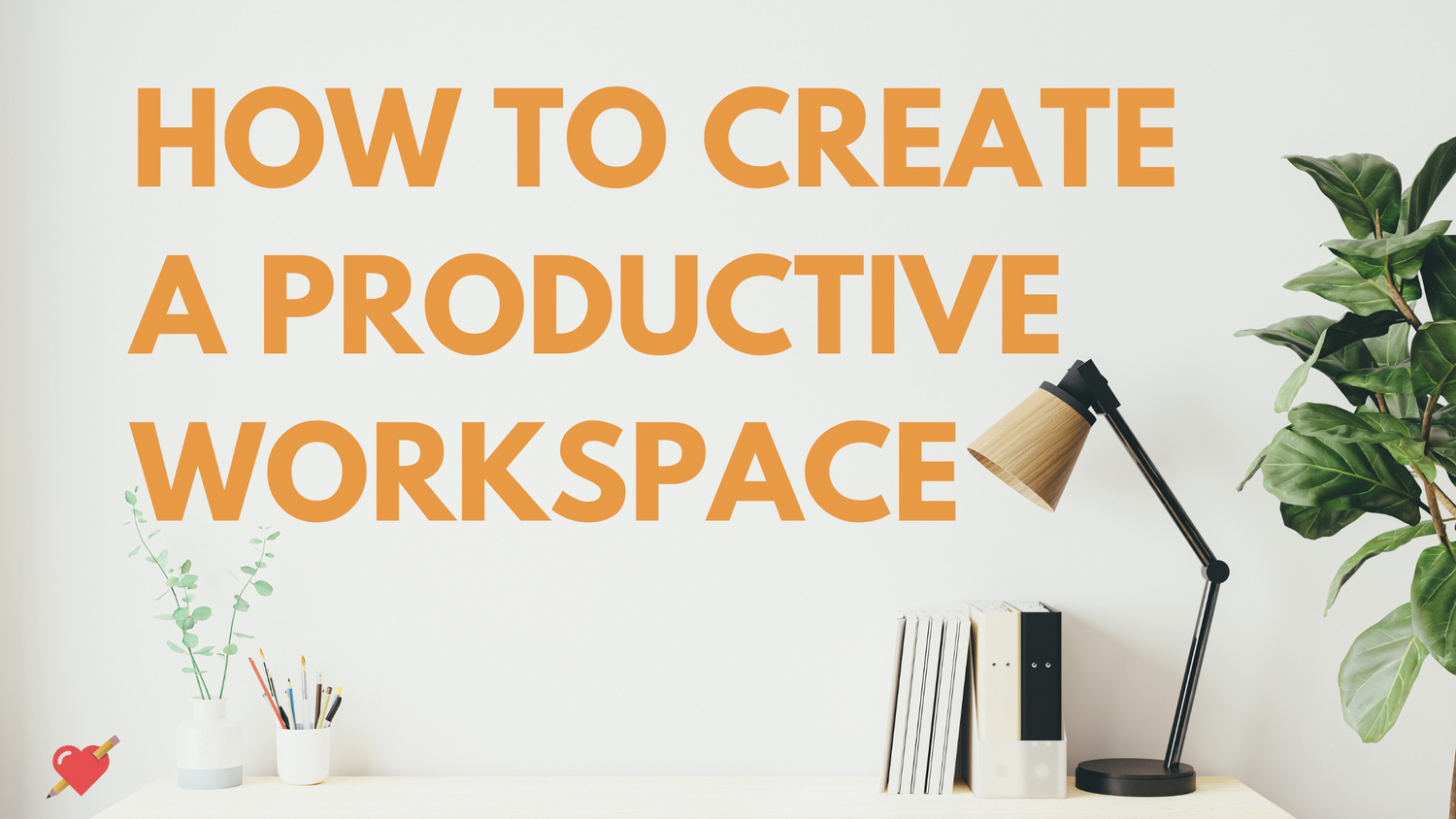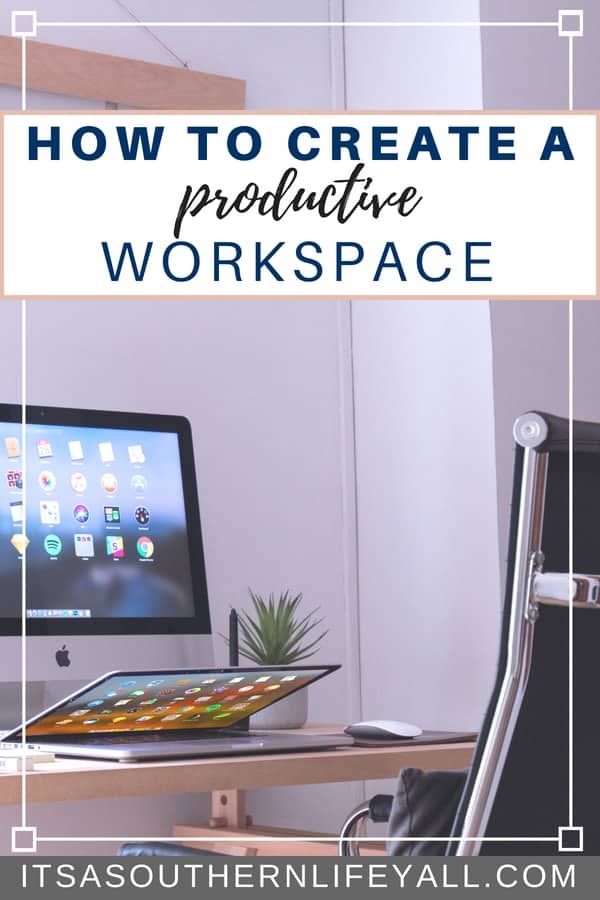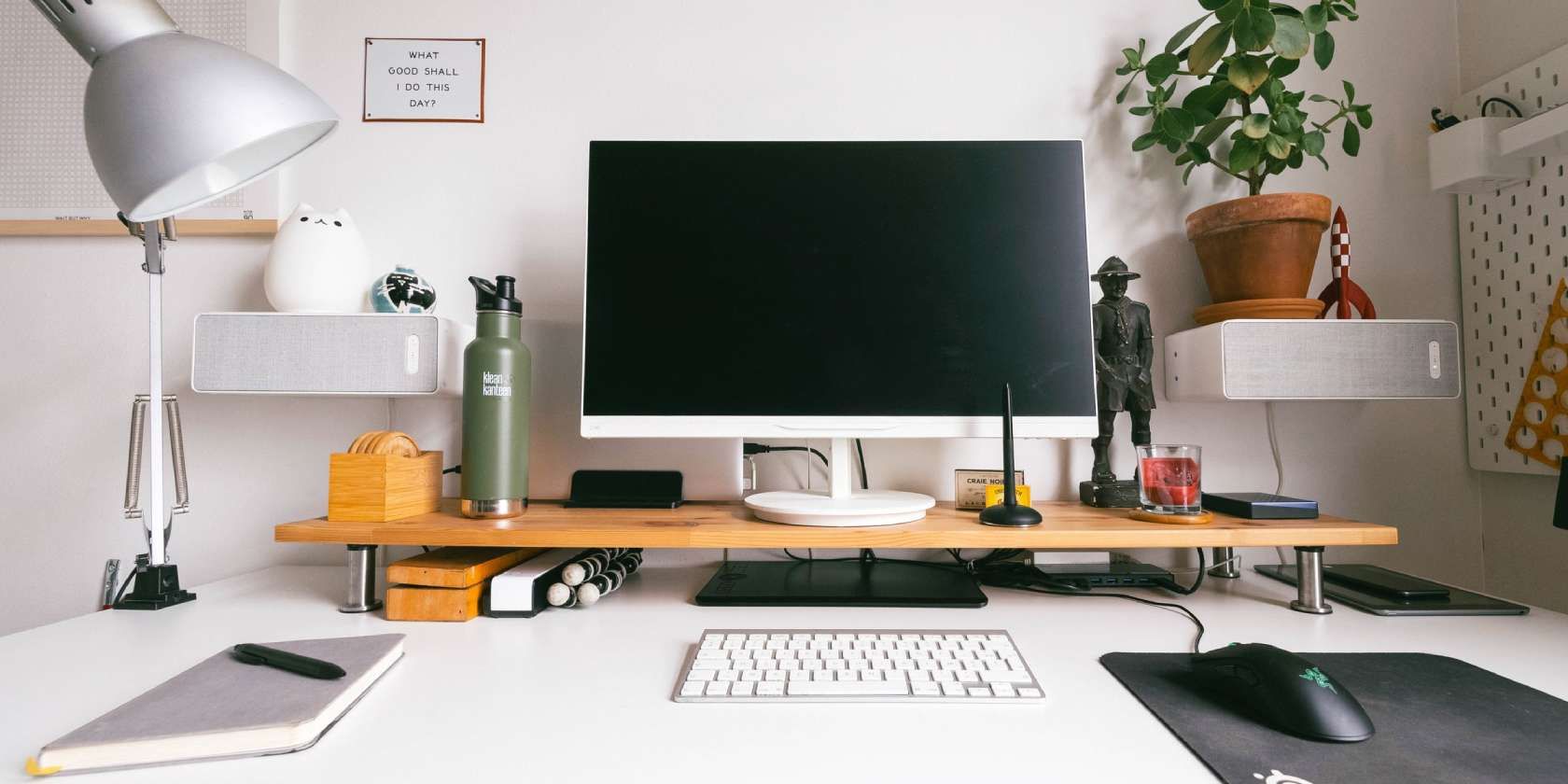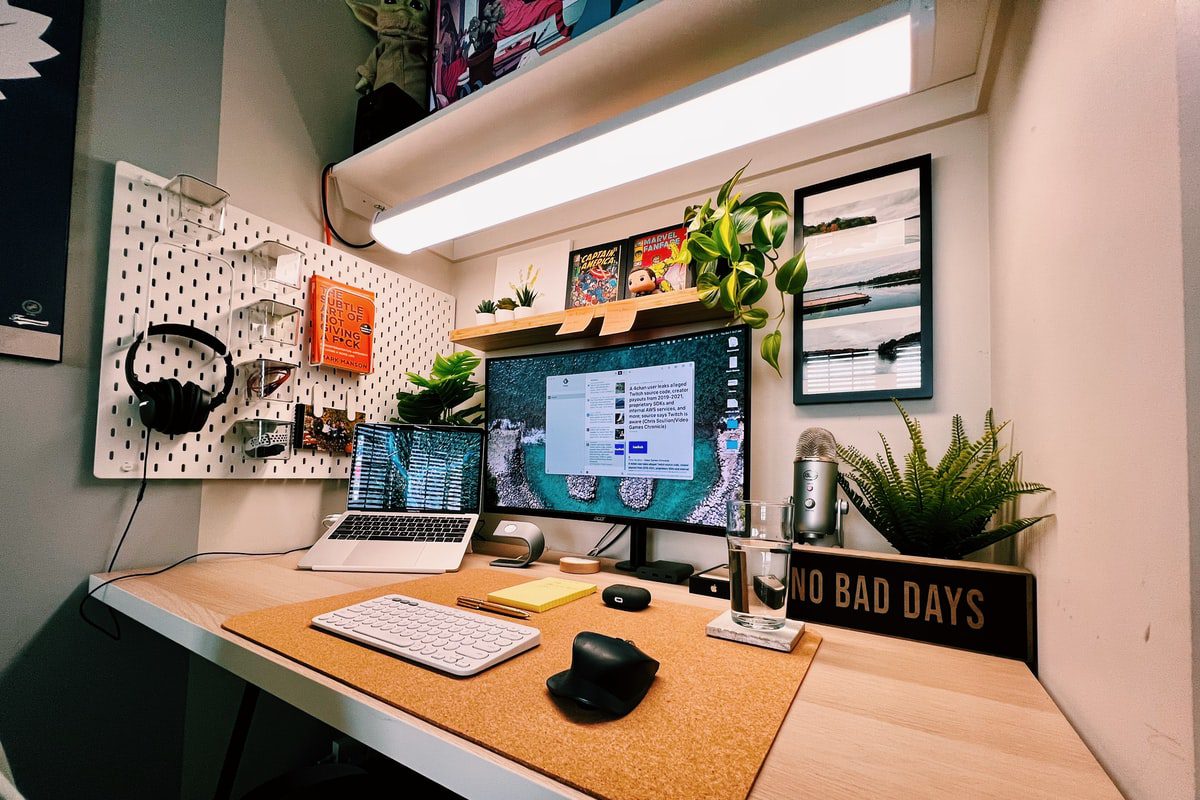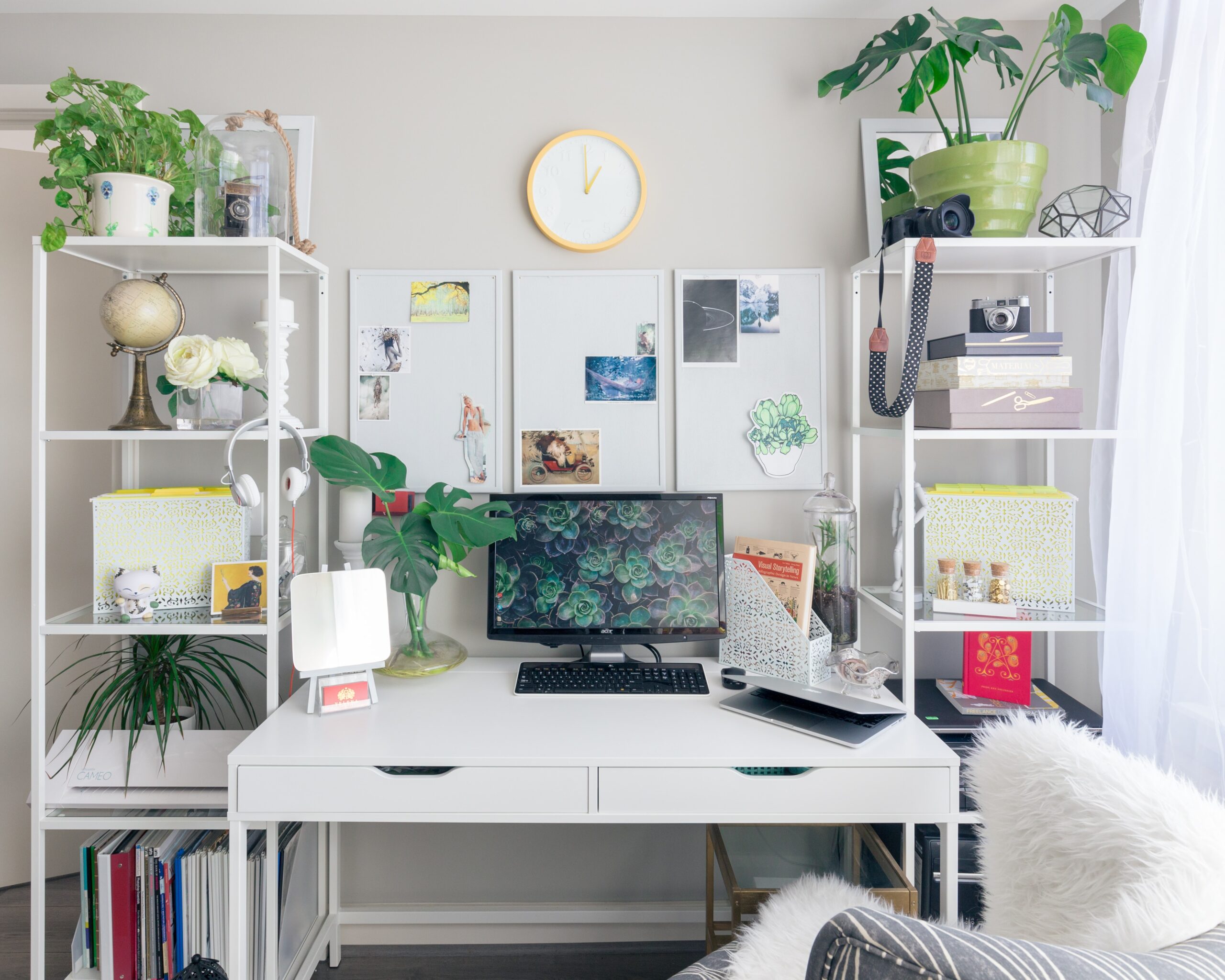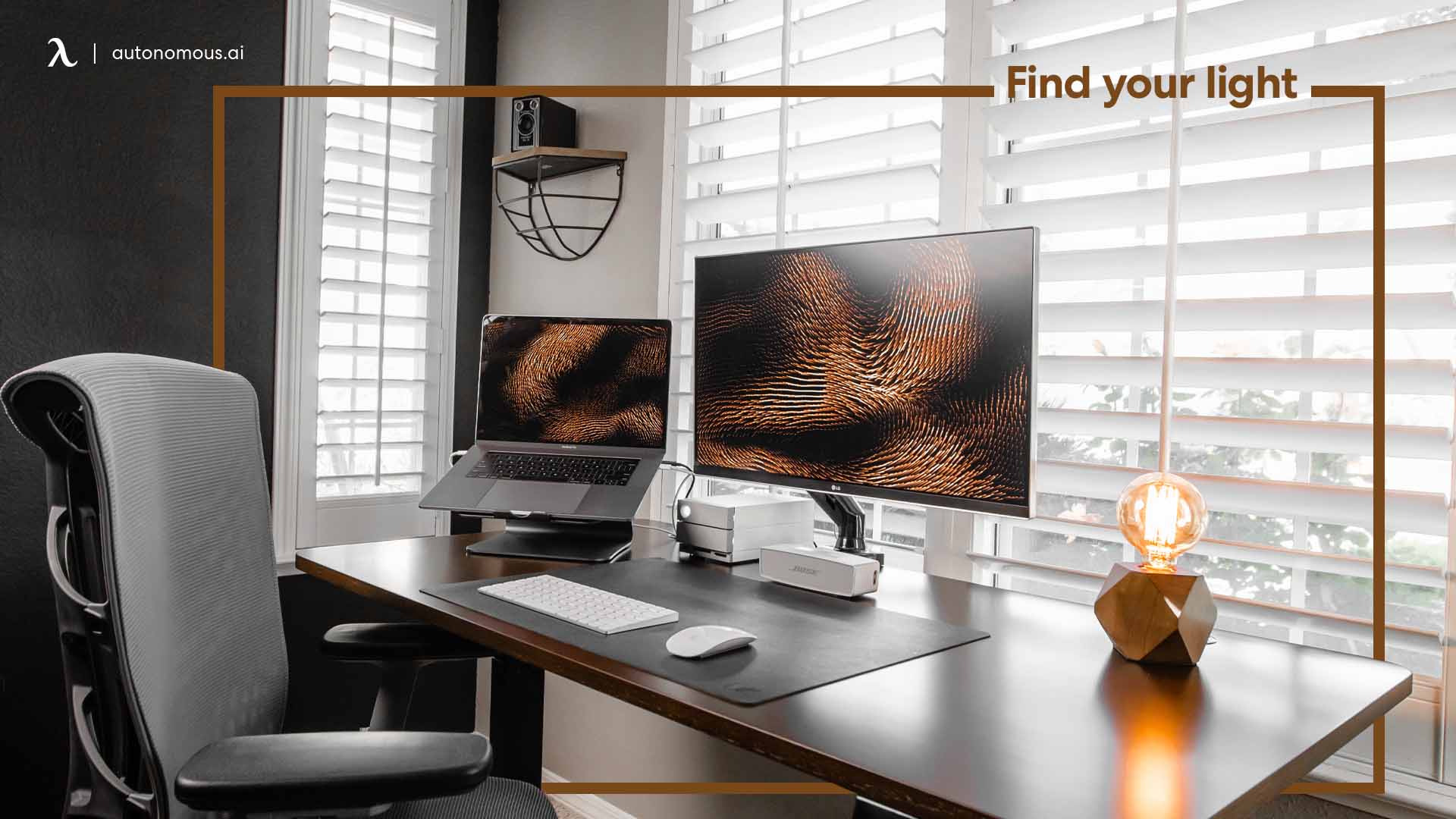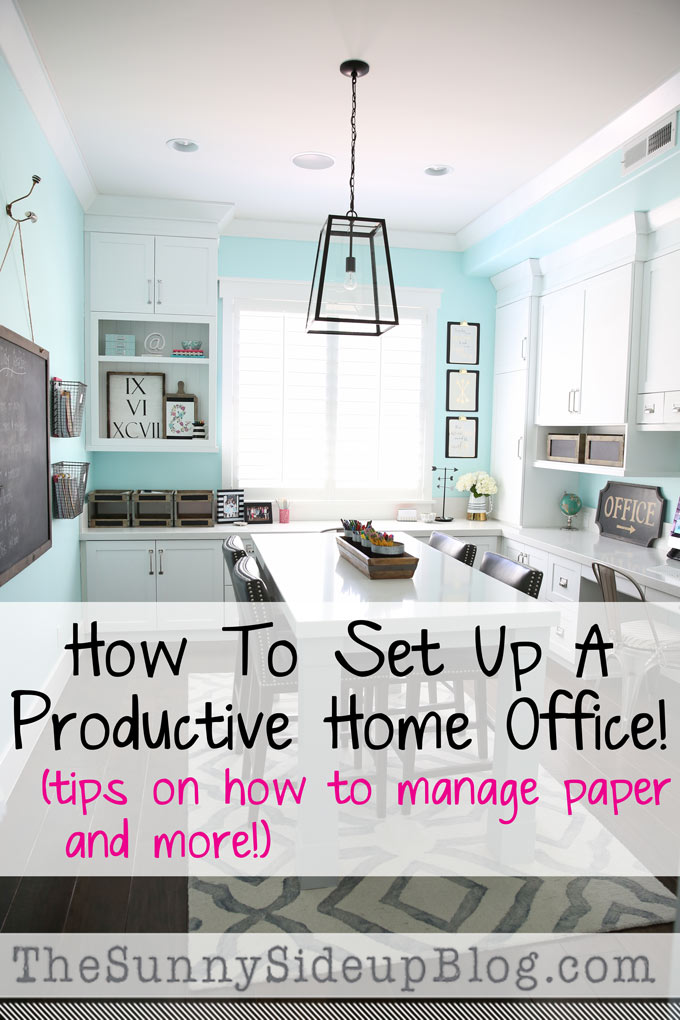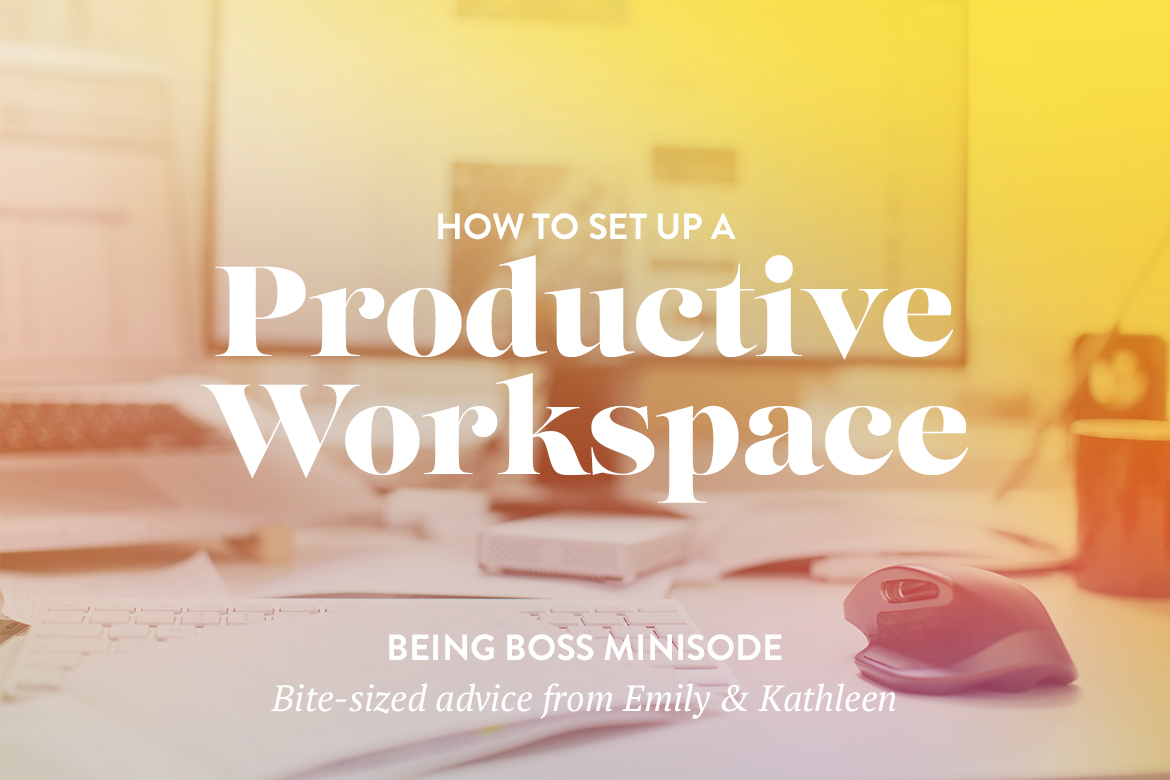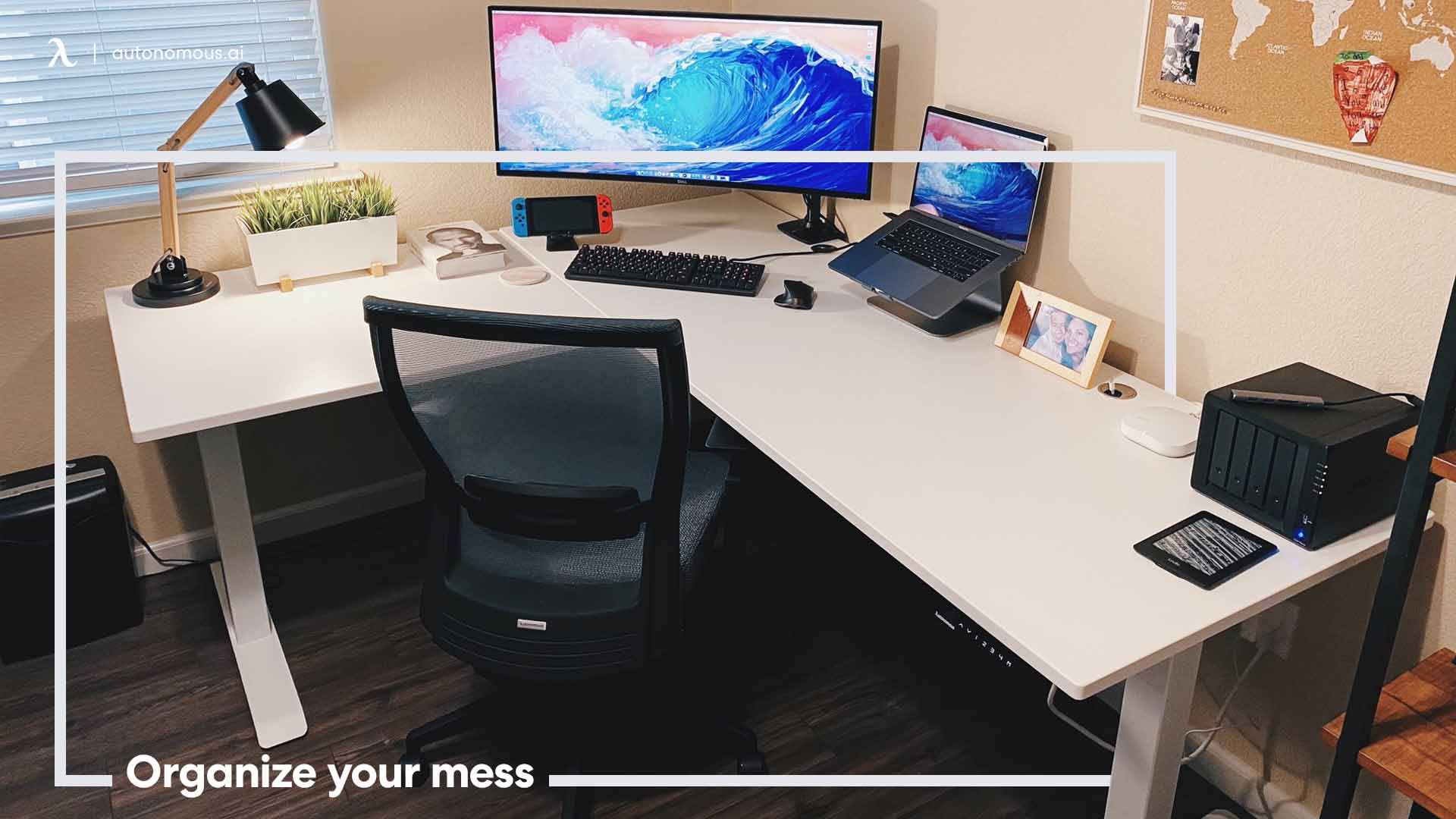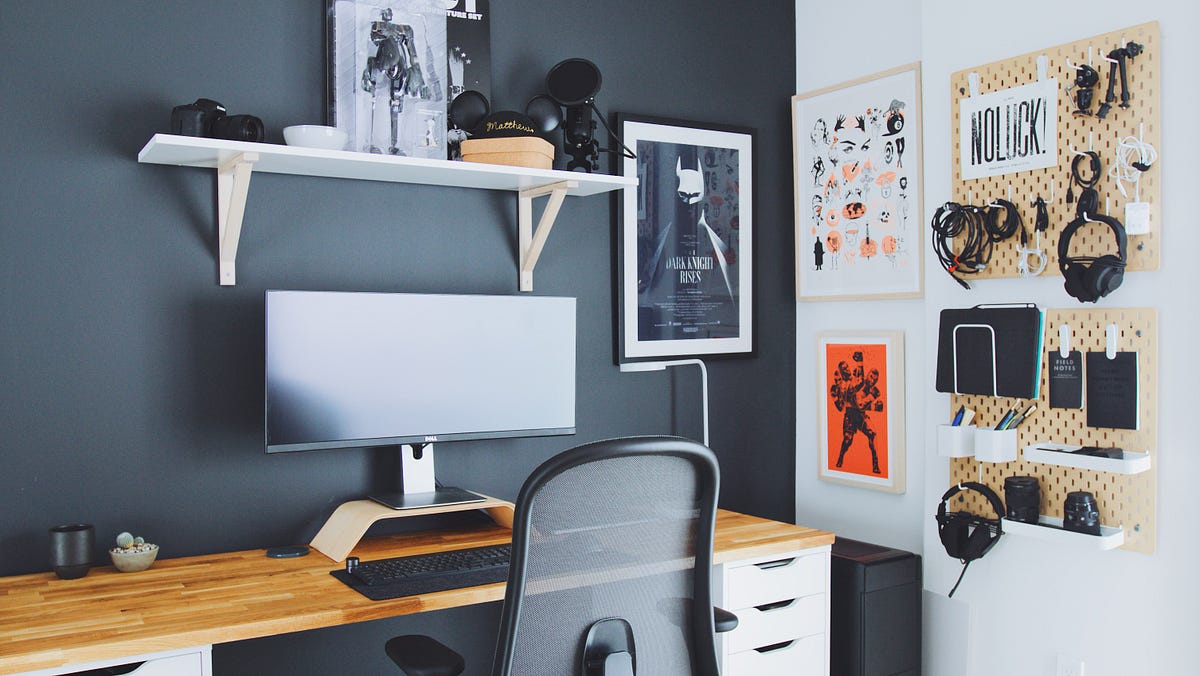How To Set Up A Productive Workspace

In today's fast-paced world, the ability to concentrate and produce high-quality work is paramount. However, distractions lurk around every corner, both in the physical and digital realms. The key to unlocking sustained productivity lies in creating a workspace that fosters focus and minimizes interruptions.
Setting up a productive workspace isn't merely about tidying up a desk. It's a strategic investment in your mental well-being and overall performance. This article delves into the essential elements of designing a workspace that promotes concentration, reduces stress, and enhances creativity, drawing on expert advice and research-backed strategies.
The Foundation: Ergonomics and Comfort
Ergonomics forms the bedrock of any productive workspace. Poor posture and discomfort can lead to physical strain, headaches, and decreased focus, hindering overall output. Investing in an ergonomic chair is crucial.
According to the Occupational Safety and Health Administration (OSHA), a good chair should offer adjustable height, lumbar support, and armrests. Proper desk height is equally vital. Your forearms should be parallel to the floor when typing, preventing wrist and shoulder strain.
The 20/20/20 rule helps prevent eye strain when looking at screens for extended periods, according to the American Academy of Ophthalmology. Every 20 minutes, look at something 20 feet away for 20 seconds.
Declutter and Organize: Minimizing Distractions
A cluttered workspace breeds a cluttered mind. Visual distractions compete for your attention, making it difficult to concentrate on the task at hand. Begin by removing unnecessary items from your desk.
Utilize organizational tools such as drawers, shelves, and containers to keep essential items within easy reach, yet out of sight. Implement a filing system, whether physical or digital, to manage documents effectively.
Marie Kondo's KonMari method, which focuses on keeping only items that "spark joy," can be a useful approach for decluttering your workspace and reducing the overall stress. Creating a designated area for different tasks, such as a writing zone or a reading nook, helps compartmentalize your work and promotes focus.
Light and Environment: Creating the Right Ambiance
The quality of light in your workspace significantly impacts mood and energy levels. Natural light is optimal, promoting alertness and reducing eye strain. Position your desk near a window if possible.
If natural light is limited, use full-spectrum light bulbs to mimic sunlight. Avoid harsh overhead lighting, which can cause glare and headaches. Layered lighting, including task lighting and ambient lighting, provides a more comfortable and productive environment.
Temperature also plays a role. Maintain a comfortable temperature in your workspace, as extreme temperatures can lead to discomfort and decreased productivity. Consider using a small fan or space heater to regulate temperature according to your preference.
Technology and Tools: Enhancing Efficiency
Modern technology offers a plethora of tools to enhance productivity. Invest in a reliable computer, monitor, and keyboard. Consider using a standing desk to improve posture and energy levels. Software and applications can help streamline workflows, manage tasks, and block distractions.
Noise-canceling headphones are invaluable for minimizing distractions in noisy environments. Explore apps and websites designed to block distracting websites and social media platforms during work hours. Consider using a task management system to organize your work and track progress.
Set boundaries with technology. Designate specific times for checking email and social media to avoid constant interruptions. Turn off notifications on your phone and computer to minimize distractions.
Personalization and Well-being: Making it Your Own
A productive workspace should also reflect your personality and promote your well-being. Add elements that inspire you and make you feel comfortable. This could include artwork, plants, photos, or motivational quotes.
Plants have been shown to improve air quality and reduce stress. Incorporate greenery into your workspace to create a more calming and inviting atmosphere. Take regular breaks to stretch, walk around, or practice mindfulness exercises.
Music can be a powerful tool for enhancing focus and creativity. Experiment with different types of music to find what works best for you. Create a designated break area where you can relax and recharge.
Looking Ahead: Continuous Optimization
Creating a productive workspace is an ongoing process. Regularly evaluate your setup and make adjustments as needed. Experiment with different strategies to find what works best for you.
Stay informed about the latest research and best practices in ergonomics and productivity. Seek feedback from colleagues and mentors on ways to improve your workspace. By continuously optimizing your environment, you can unlock your full potential and achieve greater success.
Ultimately, the most productive workspace is one that empowers you to focus, create, and thrive. By prioritizing ergonomics, minimizing distractions, and personalizing your environment, you can transform your workspace into a sanctuary of productivity.
